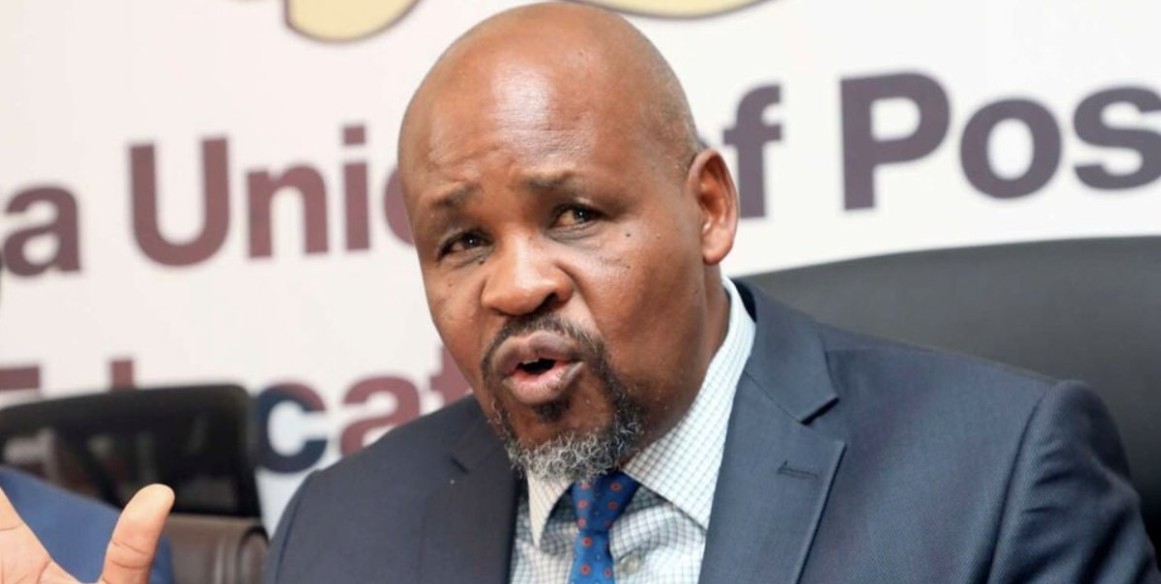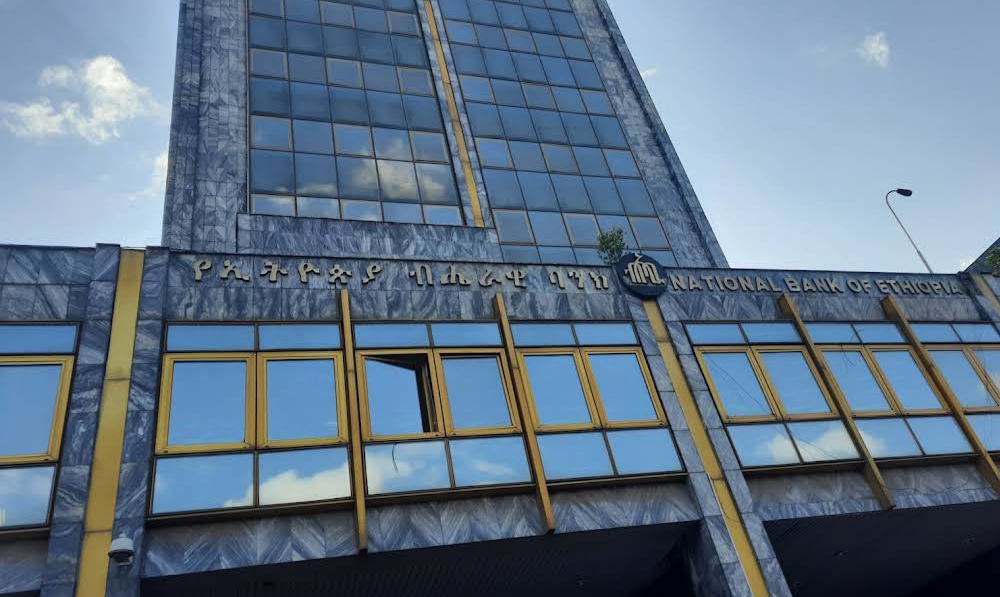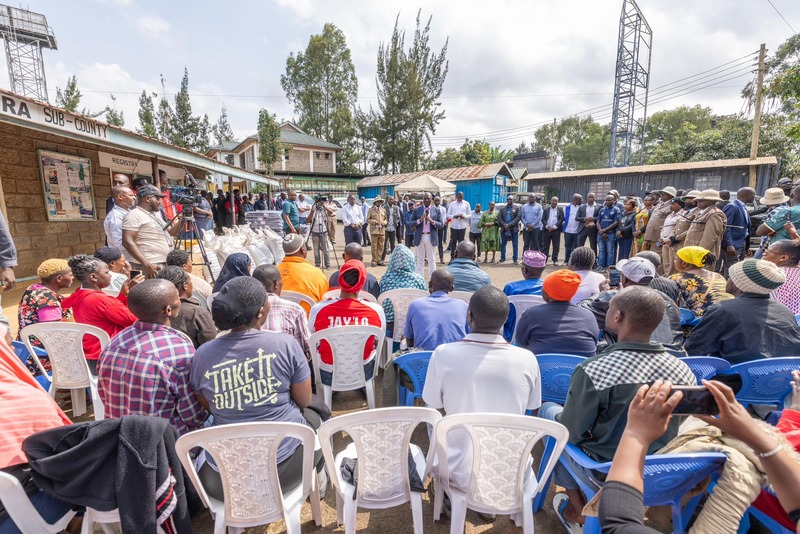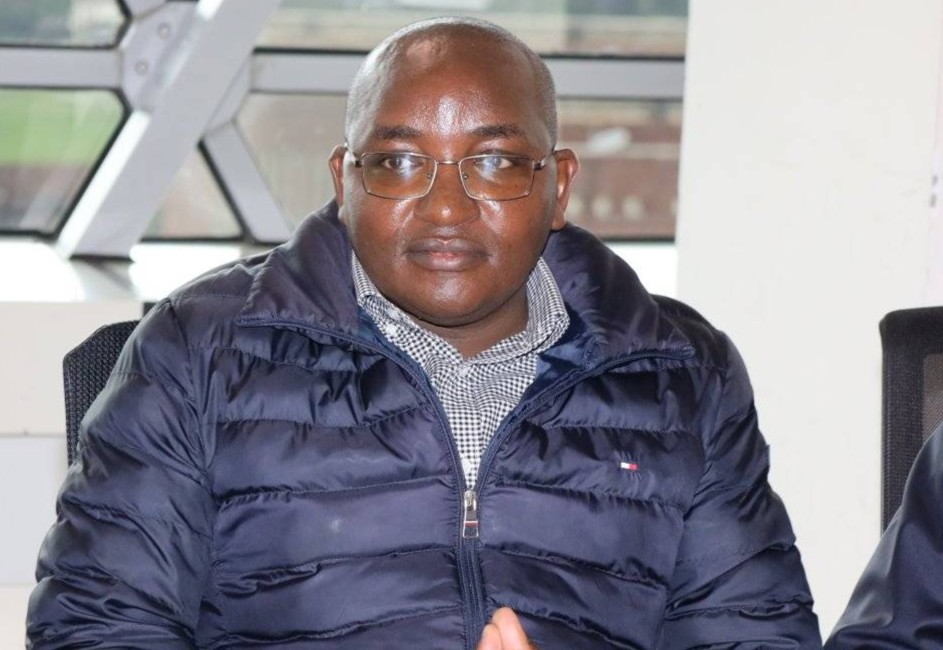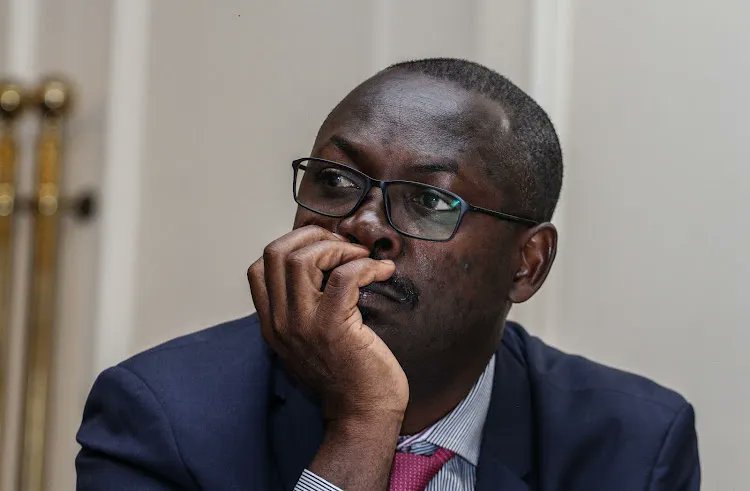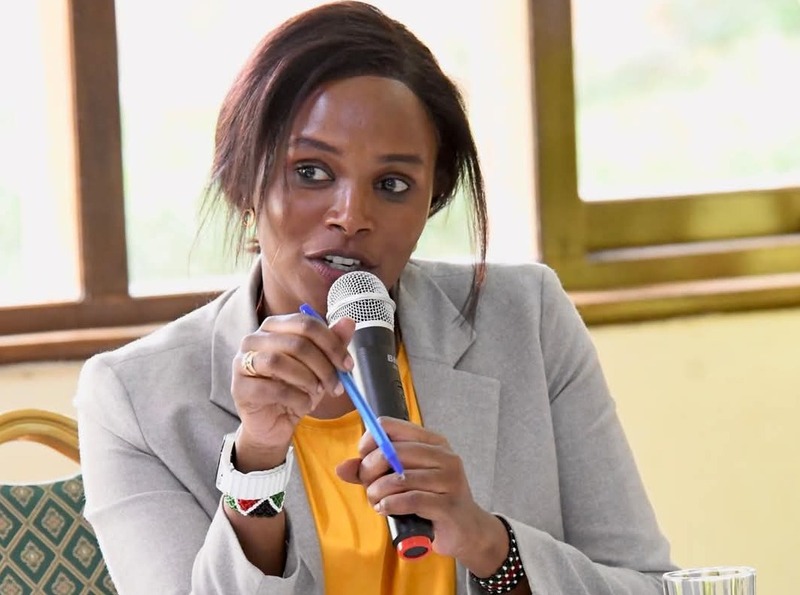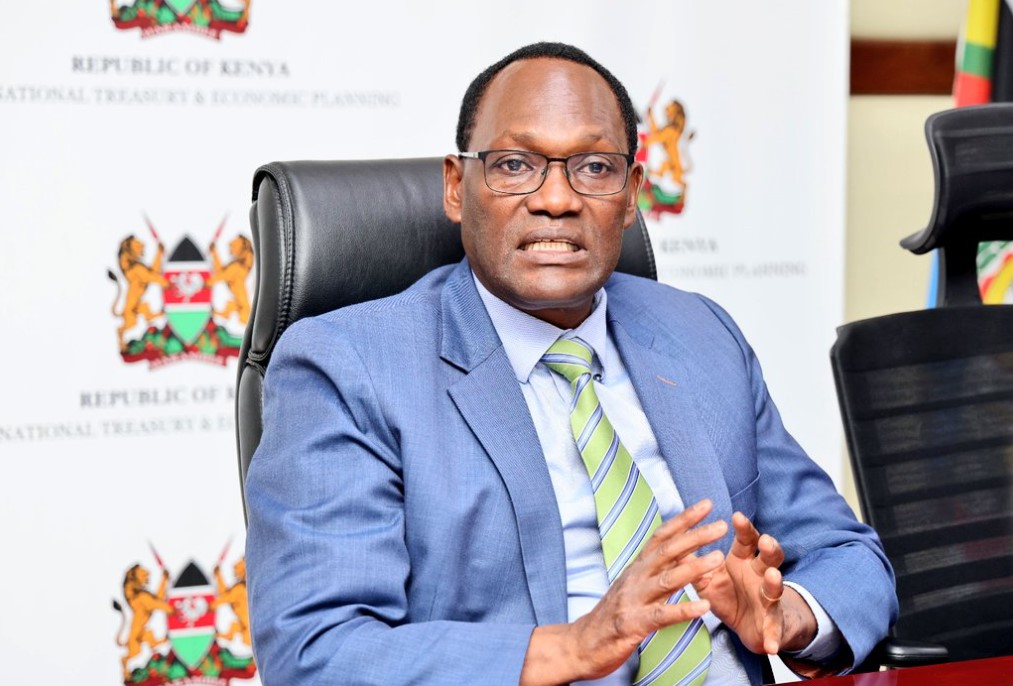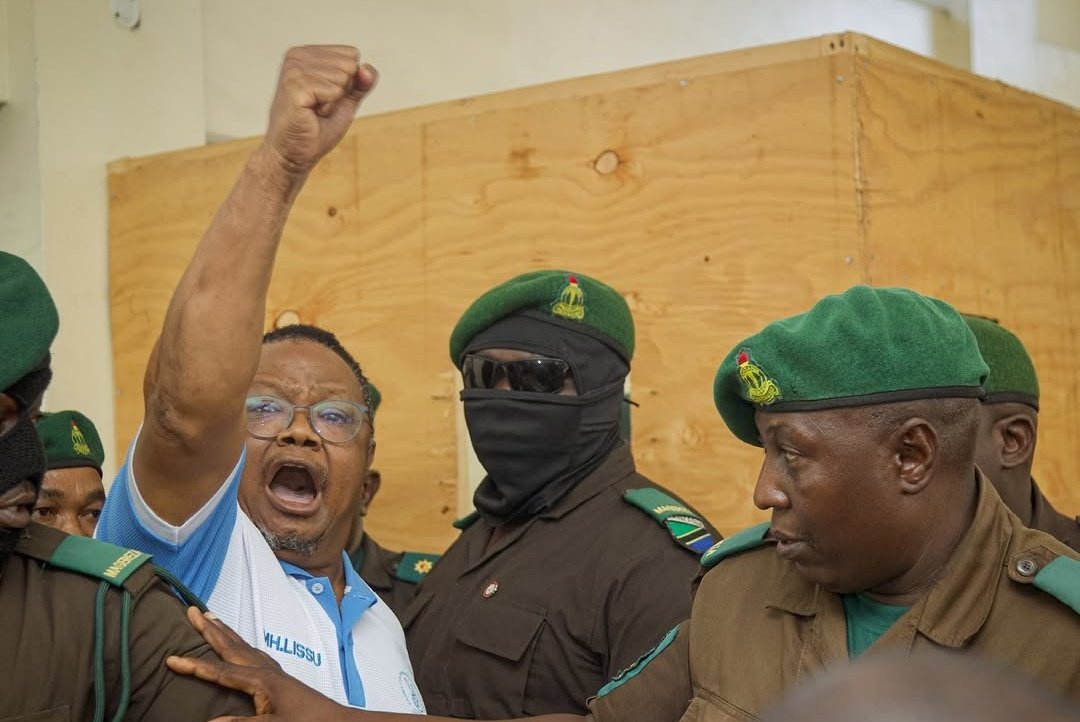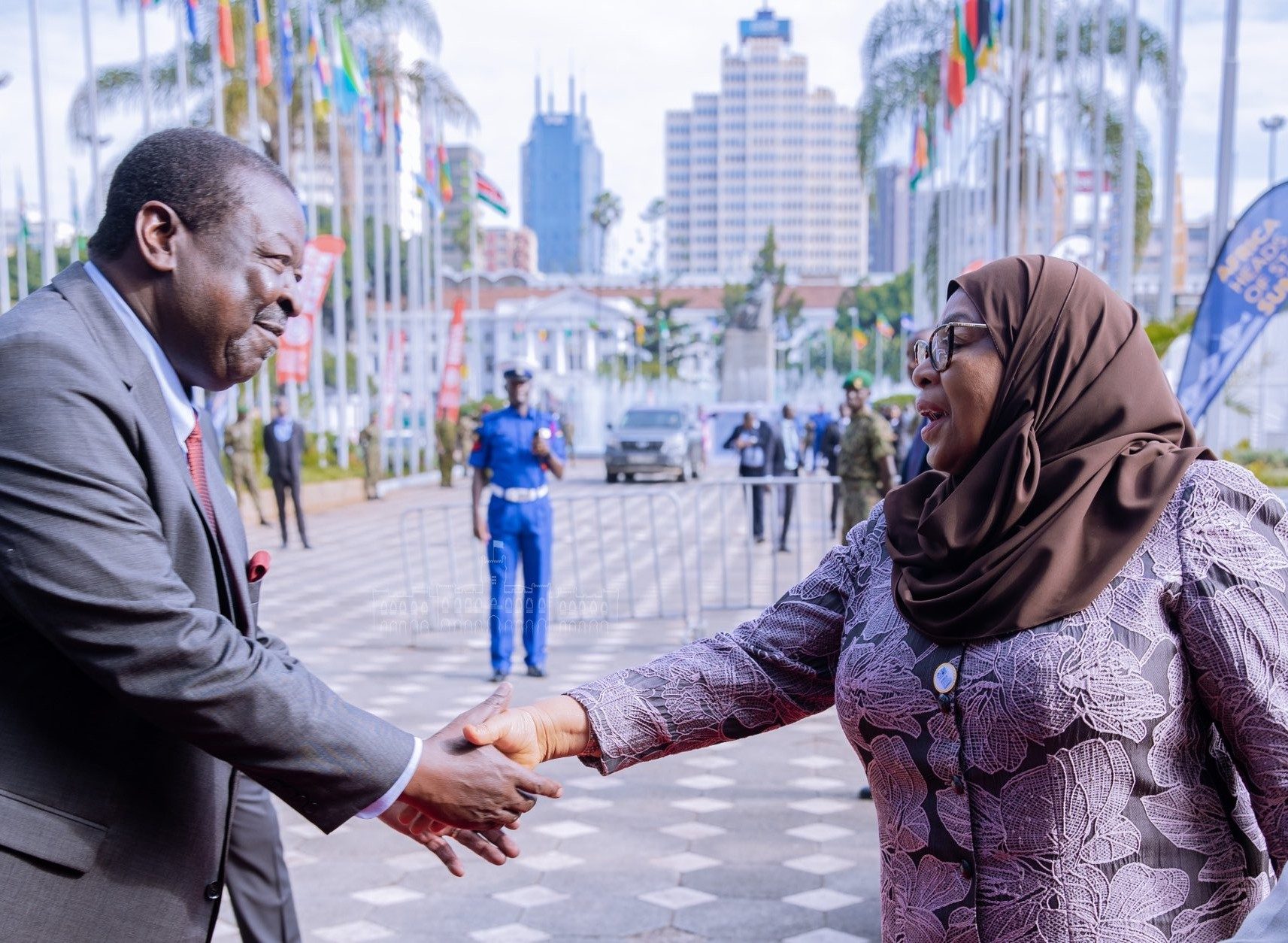Sh46.5 billion equalisation fund shortfall denies marginalised counties critical services
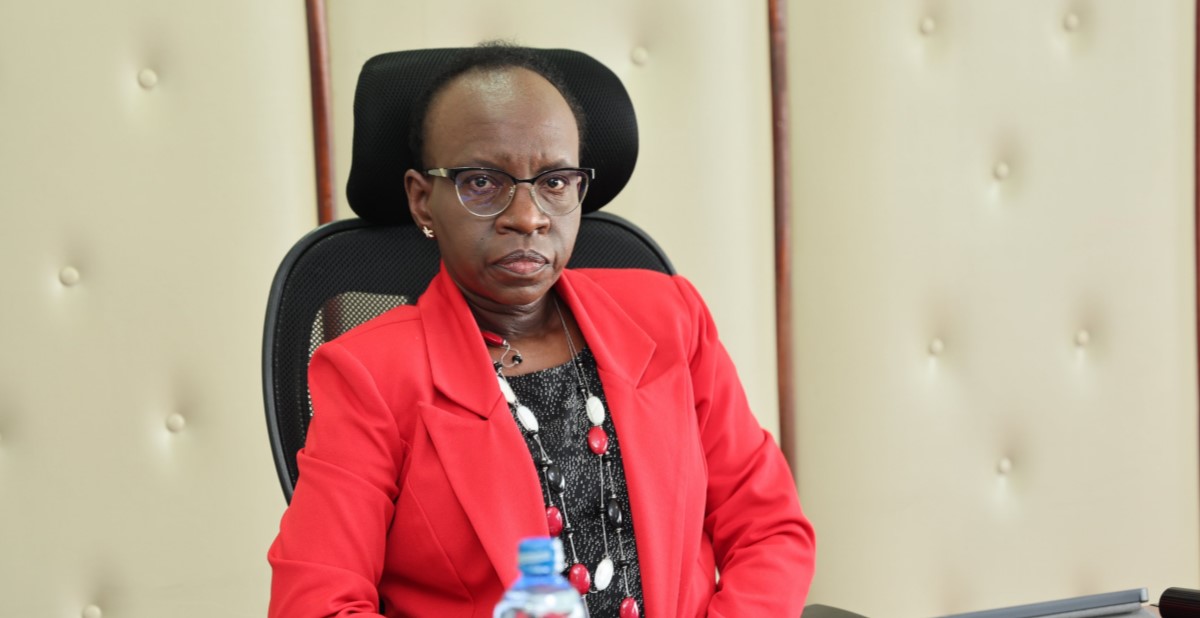
According to Auditor-General Nancy Gathungu, only Sh13.4 billion of the approximately Sh60 billion accrued to the fund over 13 years has been released to its intended beneficiaries, representing just about 22 per cent of the total.
Funds meant to support development in at least 14 counties, including Mandera, Turkana and Wajir, have remained largely undisbursed, with the Auditor-General flagging a Sh46.5 billion shortfall under the Equalisation Fund.
According to Auditor-General Nancy Gathungu, only Sh13.4 billion of the approximately Sh60 billion accrued to the fund over 13 years has been released to its intended beneficiaries, representing just about 22 per cent of the total.
More To Read
- NPSC opposes MPs’ bid to redirect Sh833m from police insurance to settle idle hospital debt
- Sh876bn fiscal deficit leaves no room for extra spending in 2025/26 budget, MPs warn
- Treasury tightens PPP rules amid public outrage over secretive infrastructure deals
- Delayed payments cost taxpayers Sh4.3bn in avoidable interest, says Auditor-General
- Treasury doubles budget for Turkana oil project as Kenya accelerates path to commercial production
- Report proposes public-private partnership trust fund to tap pension, insurance capital to fund projects
An analysis by the Auditor-General puts the National Treasury in a spot for repeatedly failing to fulfil its mandatory constitutional obligations regarding the fund, year after year.
Gathungu’s findings reveal how successive administrations have violated Article 204(1) of the Constitution, which mandates that 0.5 per cent of national revenue be allocated to the fund annually to address historical marginalisation.
The Equalisation Fund is specifically intended to finance the provision of basic services such as water, roads, healthcare and electricity in marginalised areas. The 14 designated counties are Garissa, Isiolo, Kilifi, Kwale, Lamu, Mandera, Marsabit, Narok, Samburu, Taita Taveta, Tana River, Turkana, Wajir and West Pokot.
Despite the clear constitutional directive, the audit report details a pattern where annual allocations have either been partially disbursed or withheld entirely. In the 2012-13 financial year, only Sh529 million of the Sh2.6 billion allocation was released. The trend continued in subsequent years, with Treasury consistently underfunding the account.
Breaching constitutional provisions
In 2014-15, the fund’s entitlement rose to Sh3.8 billion following increased national revenues, yet only Sh776 million was disbursed. That same amount was released annually through to the 2019-20 financial year. In 2020-21, counties were entitled to Sh6.8 billion, but only Sh1.4 billion was disbursed again, far below the constitutional requirement.
“The National Treasury is in clear breach of constitutional provisions,” Gathungu states in the report.
“The accumulated shortfall of Sh46.5 billion represents a catastrophic failure in implementing a fund designed to address historical marginalisation.”
The audit further discloses that even the Sh13.4 billion transferred to the fund account was not fully utilised. As of June 2024, Sh2.3 billion remained unspent, lying idle in government coffers.
Systemic underfunding
The trend of systemic underfunding continued through the 2023-24 financial year, which recorded the highest entitlement of Sh8.3 billion, yet the Treasury again failed to remit the full amount, reinforcing a consistent pattern of non-compliance.
Gathungu expressed concern that despite the growth in national revenue, marginalised counties have continued to receive only a fraction of what is constitutionally mandated.
The revelations have sparked outrage among governors from the beneficiary counties, who accused the National Treasury of sabotaging development through fiscal strangulation.
Other Topics To Read
Kakamega Governor Fernandes Barasa, who chairs the Council of Governors’ Finance Committee, warned against including arrears in future Division of Revenue Acts.
“Providing for the arrears in a different year’s Division of Revenue Act amounts to double allocation and, by extension, reduces the shareable revenue,” Barasa said.
“The Equalisation Fund arrears should only feature in the subsequent appropriation Bills.”
Barasa added that since the total arrears now amount to around Sh60 billion, incorporating them into annual revenue Bills constrains both the scope and payment schedule for the funds.
“They (arrears) should ideally be provided for through an Equalisation Fund Appropriations Act,” he said.
“The Council proposes that the arrears be separated and protected from revisions through the National Government’s Appropriation Acts.”
'Economic sabotage'
Marsabit Governor Mohamud Ali termed the Treasury’s failure to release the funds as “economic sabotage against marginalised communities.”
“How do we explain to mothers delivering in bush clinics or children walking 10km to school that the money for hospitals and roads was available but withheld?” he asked.
The Council of Governors maintained that Article 204 creates a mandatory obligation on the government to disburse the funds, not a discretionary option.
“Every shilling withheld represents a constitutional violation that could form grounds for litigation,” the Council said.
The Equalisation Fund has a constitutional lifespan of 20 years and is set to expire in the 2031-32 financial year.
With less than a decade remaining, Gathungu warned that the country risks failing to achieve the constitutional vision of equitable development.
“The risk is that the Fund will lapse before fulfilling its intended mandate,” she noted in the report.
Top Stories Today






